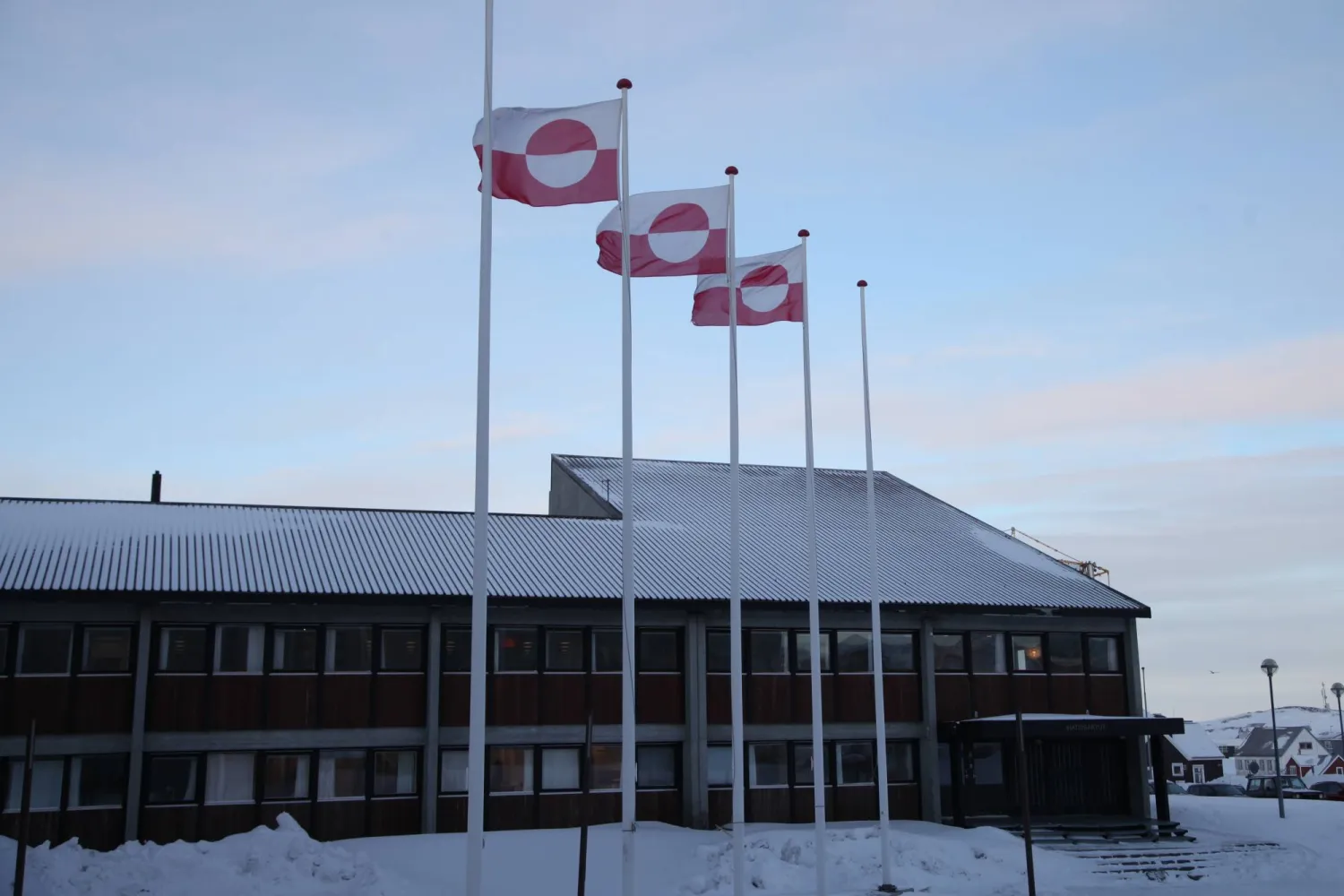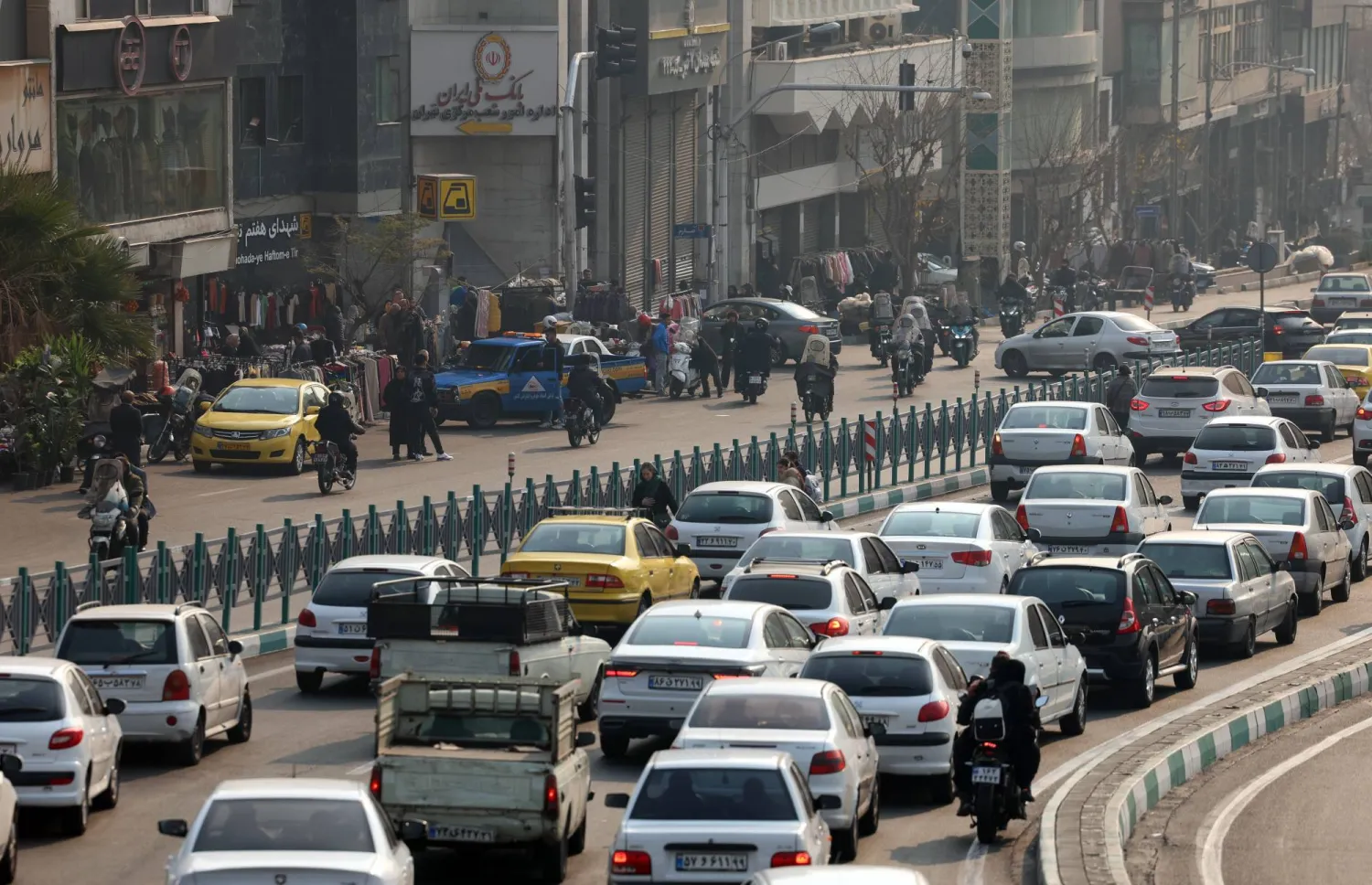If the US decides to support Israel more directly in its attack on Iran, one option for Washington would be to provide the "bunker-buster" bombs believed necessary to significantly damage the Fordo nuclear fuel enrichment plant, built deeply into a mountain.
Such a bomb would have to be dropped from an American aircraft, which could have wide-ranging ramifications, including jeopardizing any chance of Iran engaging in Trump's desired talks on its nuclear program. Israeli officials have also suggested that there are other options for it to attack Fordo as it seeks to destroy Iran's nuclear capabilities.
But aside from a commando attack on the ground or a nuclear strike, the bunker buster bomb seems the most likely option.
What is the bunker-buster bomb? "Bunker buster" is a broad term used to describe bombs that are designed to penetrate deep below the surface before exploding. In this case, it refers to the latest GBU-57 A/B Massive Ordnance Penetrator bomb in the American arsenal. The roughly 30,000 pound (13,600 kilogram) precision-guided bomb is designed to attack deeply buried and hardened bunkers and tunnels, according to the US Air Force.
It's believed to be able to penetrate about 200 feet (61 meters) below the surface before exploding, and the bombs can be dropped one after another, effectively drilling deeper and deeper with each successive blast.
The bomb carries a conventional warhead, but the International Atomic Energy Agency has confirmed that Iran is producing highly enriched uranium at Fordo, raising the possibility that nuclear material could be released into the area if the GBU-57 A/B were used to hit the facility.
However, Israeli strikes at another Iranian nuclear site, Natanz, on a centrifuge site have caused contamination only at the site itself, not the surrounding area, the IAEA has said.
How tough a target is Fordo? Fordo is Iran's second nuclear enrichment facility after Natanz, its main facility. So far, Israeli strikes aren’t known to have damaged Natanz’s underground enrichment hall, nor have the Israelis targeted tunnels the Iranians are digging nearby.
Fordo is smaller than Natanz, and is built into the side of a mountain near the city of Qom, about 60 miles (95 kilometers) southwest of Tehran. Construction is believed to have started around 2006 and it became first operational in 2009 — the same year Tehran publicly acknowledged its existence.
In addition to being an estimated 80 meters (260 feet) under rock and soil, the site is reportedly protected by Iranian and Russian surface-to-air missile systems. Those air defenses, however, likely have already been struck in the Israeli campaign.
Still, Israeli Prime Minister Benjamin Netanyahu has said the goal of attacking Iran was to eliminate its missile and nuclear program, which he described as an existential threat to Israel, and officials have said Fordo was part of that plan.
"This entire operation ... really has to be completed with the elimination of Fordo," Yechiel Leiter, Israel's ambassador to the US, told Fox News on Friday.
Why does the US need to be involved? In theory, the GBU-57 A/B could be dropped by any bomber capable of carrying the weight, but at the moment the US has only configured and programed its B-2 Spirit stealth bomber to deliver the bomb, according to the Air Force.
The B-2 is only flown by the Air Force, and is produced by Northrop Grumman.
According to the manufacturer, the B-2 can carry a payload of 40,000 pounds (18,000 kilograms) but the US Air Force has said it has successfully tested the B-2 loaded with two GBU-57 A/B bunker busters — a total weight of some 60,000 pounds (27,200 kilograms).
The strategic long-range heavy bomber has a range of about 7,000 miles (11,000 kilometers) without refueling and 11,500 miles (18,500 kilometers) with one refueling, and can reach any point in the world within hours, according to Northrop Grumman.
Whether the US would get involved is another matter.
At the G7 meeting in Canada, Trump was asked what it would take for Washington to become involved militarily and he said: "I don't want to talk about that."
In a weekend interview with ABC News, Israeli Ambassador Leiter was asked about the possibility of the US helping attack Fordo and he emphasized Israel has only asked the US for defensive help.
"We have a number of contingencies ... which will enable us to deal with Fordo," he said.
"Not everything is a matter of, you know, taking to the skies and bombing from afar."









